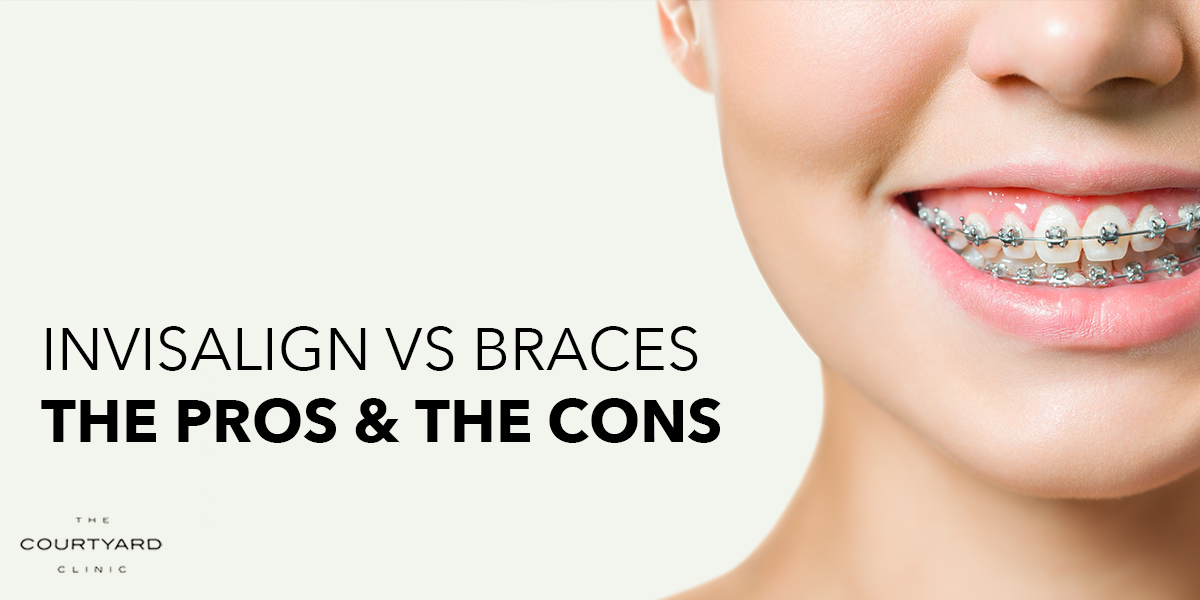So, you’ve decided that you’d like to straighten your teeth. However, you’re not sure what might be the best option for you. Whilst your dentist is ultimately the best person to guide you with this decision, it’s always good to weigh up your different options. This post is going to be a guide to all things Braces and Invisalign, including their differences, as well as their pros and cons…
Invisalign
Invisalign is an orthodontic treatment that uses clear plastic aligners to gradually move the teeth. The aligners are removable and worn for between 20 and 22 hours each day. Patients are given multiple sets of aligners, each moving their teeth slightly more than the last set until their teeth are in the position prescribed by their dentist.
Pros of Invisalign
-
Easy to clean
The aligners are fully removable making them very easy to clean and maintain. The simplest way to keep these aligners clean is to brush and rinse them in lukewarm water.
-
Clear and unnoticeable
As the name suggests, Invisalign is an (almost) invisible orthodontic treatment. Made out of thin, clear acrylic, the aligners are hardly visible.
-
Can remove for occasions
Whilst they are subtle, patients may choose that they don’t want to wear them for special occasions such as weddings or events. That said, not wearing the aligners as prescribed does impact the overall treatment time, so it is advised to wear them for 20-22 hours a day.
Cons of Invisalign
-
Need to wear 22 hours a day
Being removable, it’s very tempting to choose when and where you wear your aligners. Strict patient compliance is required to ensure that the treatment continues as prescribed. The aligners need to be worn all day and all night, other than when eating or drinking.
-
Need to take out when eating and drinking
Other than when drinking water, Invisalign aligners need to be removed when eating and drinking. This can become inconvenient when out for a meal or drinks, and may lead to patients losing their retainers.
Braces
Traditional metal braces have been around since the 1800s. Whilst the technology and materials may have advanced a lot since then, the basics are still very much the same; a metal appliance used to change the positioning of the teeth.
Pros of Braces
-
Better for complex issues
Standard metal braces can treat a wide range of complex issues as well as textbook straightening cases. Invisalign isn’t always suitable for everyone whilst braces can be used to treat almost all cases.
-
Not impacted by patient compliance
Braces are glued to your teeth, hence you cannot just take them out when you feel like it. Thus, patient compliance is not an issue and treatment proceeds as prescribed.
Cons of Braces
-
Hygiene and maintenance issues
Brushing around the brackets and wires takes precision and care. If good oral hygiene isn’t maintained throughout treatment, cavities and/or staining can occur. Interdental brushes are recommended for cleaning around every bracket – this can make brushing more time consuming and difficult for those with mobility issues.
-
Certain foods should be avoided
When wearing braces, it’s recommended to avoid eating hard, crunchy, or sticky foods. This is because they may damage the wires and brackets. It is also recommended not to bite into hard foods with your front teeth, rather cut them up into smaller pieces and eat them that way.
-
Aesthetics
Metal braces can lead some patients to feel self-conscious of their smile during treatment. That said, they’ve come along way since the treatment commonly depicted in films and TV shows, and aren’t as big and bulky as they once were.
So, there we have, the differences between traditional metal braces and the newer orthodontic treatment; Invisalign. Wondering which might be better suited for you? Book in for your free consultation and we can talk you through your options as well as give you an indication of price and treatment length…


